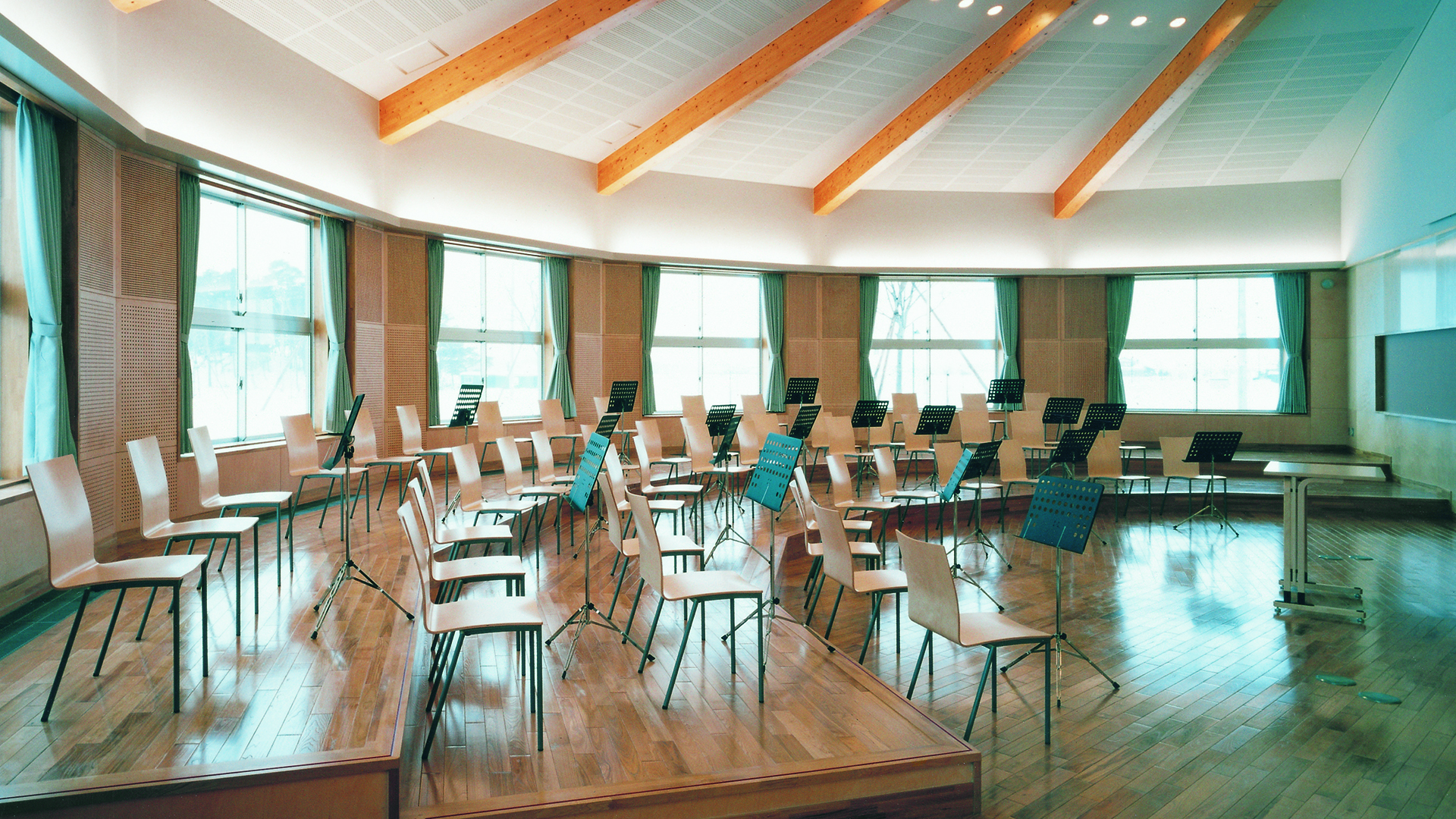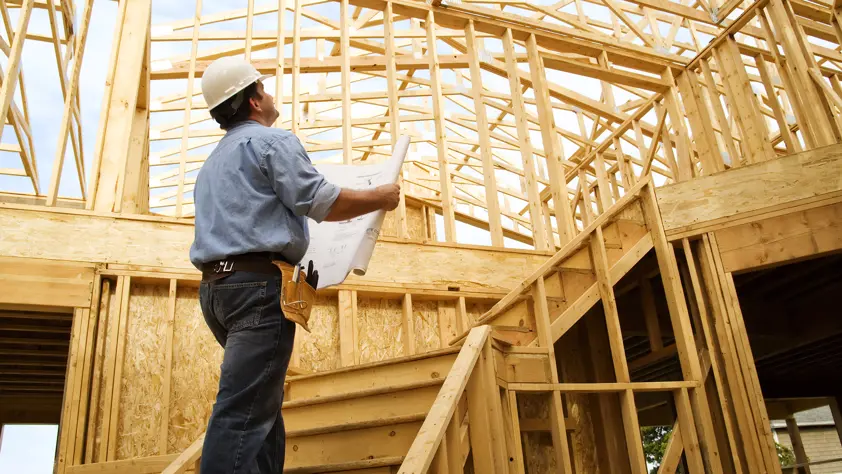In defiance of the normal season slowdown, lumber prices were actually rising at the end of 2020. What is the connection between climate change and lumber prices and what does this shift in the market mean for the industry in the future?
Traditionally, lumber sales have faced a slowdown in the winter months because it became too cold to perform construction work outside. However, with global temperatures rising, the industry is no longer seeing this seasonal slump. In the last few months of 2020, a warm, builder-friendly autumn sent lumber prices into an unusual late-season climb. In the United States, prices shot up by 27% in November alone and 2021 is expected to be another big year for home construction, so suppliers are stocking up.
While there will still be some seasonal slowdown, the expectations among experts in the industry is that builders will continue to build until winter weather becomes truly restrictive. The lumber industry was not prepared for this unseasonal demand, so the drop in inventory and a dramatic rise in prices should come as no surprise.
Implications for the industry
This phenomenon is occurring on both the regional and the global levels. According to Stuart Goodall, Chief Executive of Confor, an organisation that promotes sustainable forestry, there will be noticeable regional impacts.
“In the UK, we expect to have less cold, but wetter winters, which could make harvesting difficult, as well as outdoor construction. Similarly, a mild winter will make it harder for countries like Finland and Sweden to harvest wood in winter as they expect roads to become firm with ice and lakes to freeze over so that access can be made to forests on islands. In the UK, construction work is less restricted by cold weather than it would be in Scandinavia or North America as we don’t experience long periods of sub-zero temperatures. That said, there can be periods of very cold weather that do stop or slow work temporarily. Here, the main impact of winter is the slowdown of work in people’s gardens and in agriculture – fences, sheds, decking for example.”
Rising temperatures also mean that mills will invest in more storage capacity so that they can prepare for weather related supply problems, Goodall believes.
A better choice for the environment
 Architects are increasingly interested in using wood for building because of its beauty and weight as well as its environmental benefits.
Architects are increasingly interested in using wood for building because of its beauty and weight as well as its environmental benefits.
Aside from the longer construction season, mass timber has grown into a market that could rival steel and concrete in the construction industry thanks to wood’s environmental credentials. Juha Santaholma, Manager of Sales & Sales Development at UPM Timber, says that wood usage and appreciation are accelerating around the world thanks to its environmental friendliness and small carbon footprint.
“First and foremost, wood is a 100% pure and natural product. Secondly, wood-based products continue to bind carbon throughout their entire life cycle. Also, resource-efficient use of wood reduces the use of fossil raw materials and wooden structures provide an excellent load-bearing capacity, as well as thermal, acoustic and moisture insulation and a long service life,” Santaholma adds.
Goodall notes that he has seen increased interest from some architects in using wood more in construction because of the carbon benefit of using wood, as well as additional benefits such as it being a lighter material than concrete and more attractive to look at. However, at present, Goodall still sees interest from construction companies and developers themselves as rather limited so, overall, as a proportion of construction activity, it is relatively small.
Nonetheless, this is a trend to be closely watched. In 2015, only 10 large buildings in the United States were constructed from cross-laminated timber panels. According to a 2019 report by the Forest Business Network, an industry trade group, by 2034 the number of construction projects using timber could double annually and reach more than 24,000.
Sustainable forest management is key
 Sustainable forest management helps ensure that the lumber used in new buildings is sourced in a responsible way.
Sustainable forest management helps ensure that the lumber used in new buildings is sourced in a responsible way.
While the expansion of the use of wood in the construction industry could bring a boost to the economy of timber producing countries and improve the environmental credentials of the construction industry, it also raises some serious environmental concerns if not managed properly. In Kenya, for example, alarm bells are beginning to ring as this rise in demand could threaten forestation efforts. In 2019, the UN's Development Programme cautioned that rising wood demand (primarily in Western markets) is one of the leading causes of rapid deforestation in Cambodia.
While there are concerns coming from many corners of the planet, Goodall believes that it is too early to panic.
“I don’t think this increased demand will lead to problems associated with deforestation for three reasons: it is relatively small, the wood being used is mainly softwood and there are available supplies of that, and it is easy to avoid a negative environmental impact by specifying that wood must come from a certified source (PEFC or FSC) or similar,” Goodall elaborates.
More and more timber companies are ensuring that their practices are sustainable and line with PEFC and FSC requirements. Santaholma explains that UPM makes sure that the raw material utilised in its mills comes from sustainably managed forests. Additionally, UPM takes concrete action to ensure forest growth.
“We plant 50 million trees every year, which equals to 100 trees per minute. That’s roughly four planted trees for every tree that is harvested,” Santaholma says.
From a supply chain and forest management point of view, the industry needs to ensure that this increased demand is met in a sustainable way.
“Good-quality timber grows in sustainably managed forests. Therefore, we need a constantly evolving supply chain process from stump to customer in order to be able to operate smoothly throughout the year,” Santaholma explains.
He says that in the future, digitalisation will play an even bigger role in this context as well:
“A big part of our process is learning through existing IT tools and solutions, and in the future, the need for constant development and keeping up to speed is of utmost importance. Through the possibilities that digitalisation has to offer, we are able to get even more detailed information from the logging sites, about the log itself, about production processes, sales development, etc. Also, our aim in the future is to have more digitally agile systems for the whole chain and, in the end, our customers to use.”
All in all, the industry has an important role to play in finding new approaches to climate mitigation by raising awareness about the carbon binding effect of timber and the benefits that building with wood brings.
“We as an industry must continue to find new ways to utilise wood and wood-based materials in everyday items that nowadays are made of fossil-based raw materials,” Santaholma concludes.

Text: Maria Stambler
